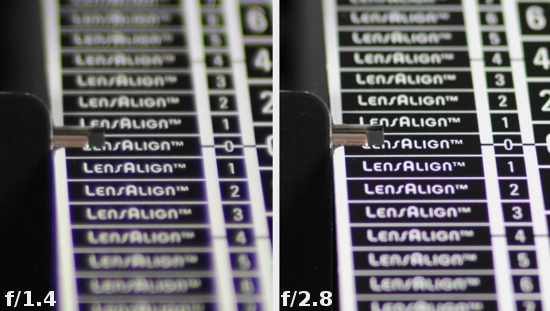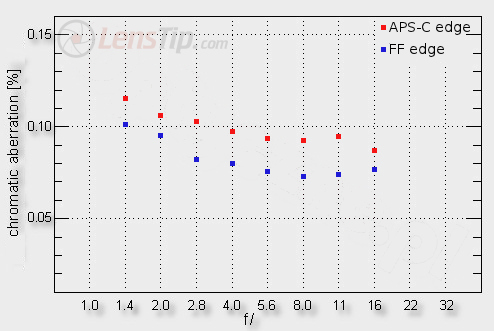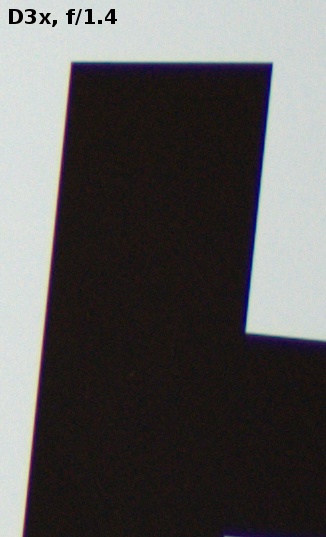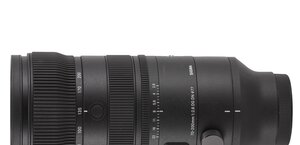Carl Zeiss Distagon T* 35 mm f/1.4 ZE/ZF.2
5. Chromatic aberration
 |
The problem is so serious that, while taking photos of white objects near the maximum relative aperture, you can easily notice purple hues and rims.
Please Support UsIf you enjoy our reviews and articles, and you want us to continue our work please, support our website by donating through PayPal. The funds are going to be used for paying our editorial team, renting servers, and equipping our testing studio; only that way we will be able to continue providing you interesting content for free. |
- - - - - - - - - - - - - - - - - - - - - - - - - - - - - - - - - - - - - - - - - - - - - - - -
The lateral chromatic aberration is much better corrected, though. Its level is medium near the maximum relative aperture and after stopping down it decreases to the borderline between medium and low values. Here the Zeiss distinctly prevails over the Nikkor, the Sony or the Canon but it loses to…the Samyang. The Samyang is exactly the lens which corrects the lateral chromatic aberration the best of all the group of 1.4/35 class instruments.

 |






